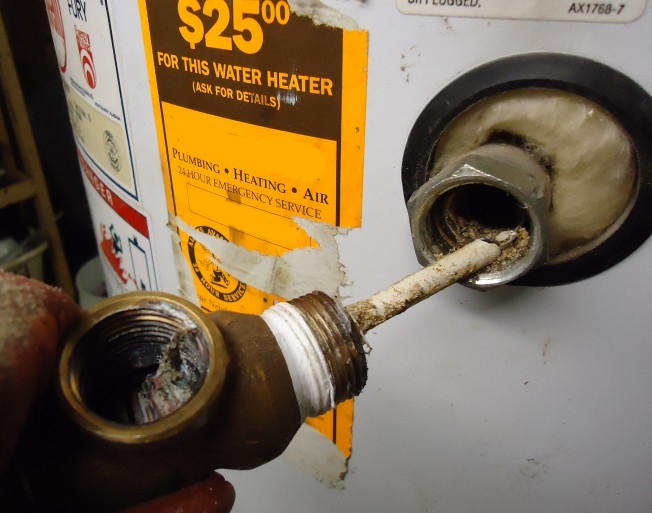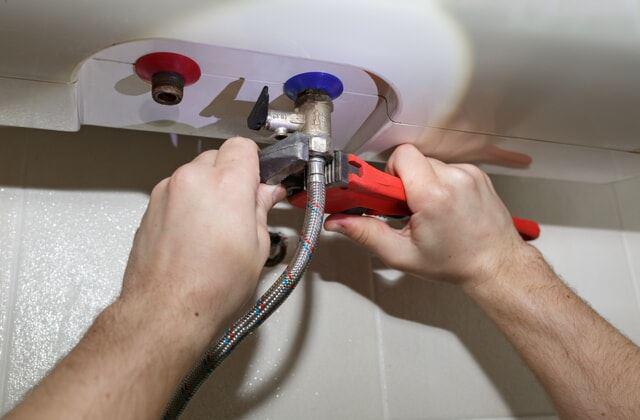Ensuring Durability of Your Home's Hot Water System: Maintenance Tips
Call TodayNearly everybody will have their private thinking on the subject of Tips on Maintaining a Water Heater.

Warm water is essential for everyday convenience, whether it's for a rejuvenating shower or cleaning dishes. To ensure your warm water system runs efficiently and lasts much longer, normal maintenance is crucial. This article offers sensible tips and understandings on just how to maintain your home's warm water system to stay clear of disruptions and expensive repair services.
Introduction
Preserving your home's warm water system could seem difficult, however with a couple of simple steps, you can guarantee it runs smoothly for many years ahead. This overview covers every little thing from understanding your hot water system to DIY upkeep tips and understanding when to employ specialist aid.
Relevance of Maintaining Your Warm Water System
Regular maintenance not only prolongs the life-span of your warm water system however likewise guarantees it runs efficiently. Overlooking maintenance can result in reduced effectiveness, greater power costs, and also early failure of the system.
Signs Your Hot Water System Needs Maintenance
Understanding when your warm water system requires interest can protect against significant concerns. Keep an eye out for signs such as inconsistent water temperature, strange noises from the heater, or rusty water.
Flushing the Water Heater
Flushing your water heater eliminates sediment buildup, improving effectiveness and extending its life.
Checking and Replacing Anode Rods
Anode poles protect against deterioration inside the container. Evaluating and replacing them when worn is critical.
Facility Concerns Needing Expert Aid
Examples consist of significant leaks, electric issues, or if your water heater is consistently underperforming.
Regular Expert Maintenance Conveniences
Expert maintenance can consist of complete evaluations, tune-ups, and ensuring conformity with security criteria.
Checking and Adjusting Temperature Level Settings
Adjusting the temperature level settings makes certain ideal performance and safety and security.
DIY Tips for Upkeep
You can carry out several upkeep tasks on your own to keep your warm water system in top problem.
Checking for Leakages
Regularly check pipes and connections for leakages, as these can lead to water damages and higher expenses.
Understanding Your Warm Water System
Before diving into upkeep tasks, it's handy to understand the fundamental elements of your warm water system. Usually, this consists of the water heater itself, pipelines, anode rods, and temperature level controls.
Monthly Maintenance Tasks
Routine month-to-month checks can help capture minor problems prior to they escalate.
Examining Pressure Alleviation Valves
Examining the pressure safety valve ensures it functions properly and prevents too much pressure build-up.
Protecting Pipelines
Protecting warm water pipes lowers warm loss and can conserve power.
When to Call a Professional
While DIY upkeep is beneficial, some problems require expert knowledge.
Conclusion
Routine upkeep of your home's hot water system is crucial for effectiveness, long life, and cost financial savings. By complying with these tips and understanding when to seek expert aid, you can guarantee a trustworthy supply of hot water without unforeseen disruptions.
Water Heater Maintenance: The Basics
Maintaining your water heater will ensure it operates efficiently and has a longer lifespan. Neglecting regular maintenance can lead to costly repairs and an even bigger chunk of your savings if you have to replace it sooner than necessary. But there’s good news: Most water heater maintenance tasks are relatively simple and easy for homeowners with basic DIY skills.
Flush the Water Heater
Over time, sediment and minerals can build up in the tank, reducing its efficiency and potentially causing damage. To flush the tank, turn off the power or gas supply, attach a hose to the drain valve near the bottom and open the valve to drain the water until it runs clear. Ideally, flush the tank annually.
Replace the Anode Rod
The anode rod is a sacrificial metal rod that helps prevent corrosion inside the tank. Inspect and replace it every three to five years or per the manufacturer's recommendation. To replace the anode rod, turn off the power or gas supply, drain a few gallons of water from the tank, unscrew the old rod and replace it with a new one. If the anode rod is significantly corroded or covered in calcium buildup, it's a sign the water heater may need to be replaced soon.
Tune-Up
A yearly tune-up can help identify potential issues and ensure your water heater operates at peak efficiency. This typically involves checking the thermostat, burner assembly (for gas heaters) and any other components specified by the manufacturer. During a tune-up, the technician may also clean the burner and adjust the pilot light (for gas heaters) or examine the heating elements (for electric heaters).
How to Maintain Your Water Heater
Insulate the tank. Insulating the tank can improve energy efficiency and reduce heat loss, saving you money on energy bills. You can purchase precut insulation blankets designed specifically for water heaters or use standard fiberglass insulation wrapped securely around the tank. Check the temperature. The recommended water temperature for most households is around 120 degrees Fahrenheit (49 degrees Celsius). Higher temperatures can increase energy costs and potentially cause scalding. Use a kitchen thermometer to check the temperature at the faucet nearest the water heater. Monitor water pressure. Excessive water pressure can strain the water heater and cause leaks or even tank failure. Install a pressure-reducing valve if necessary. The ideal water pressure range is between 60 and 70 PSI (pounds per square inch). Test the temperature and pressure (T&P) relief valve. The T&P relief valve is a safety feature that releases pressure if the tank gets too hot or the pressure builds up too high. Test it annually by lifting the lever and allowing a small amount of water to release. Replace the valve if it doesn't release water or reseal properly. Check for leaks. Regularly inspect the tank, pipes and fittings for leaks or corrosion. Deal with issues promptly to prevent further damage. Even a small leak can lead to significant water damage over time. Consider a tankless water heater. If your traditional tank-style water heater is nearing the end of its lifespan ( typically 10 years), consider replacing it with a tankless water heater. These units heat water on demand, reducing standby energy losses and potentially saving you money on your energy bills. Schedule professional maintenance. While homeowners can perform many water heater maintenance tasks, it's still a good idea to schedule professional maintenance every few years. A plumber or HVAC technician can thoroughly inspect the unit, identify potential issues and ensure it operates safely and efficiently. https://www.homeserve.com/en-us/blog/home-improvement/hot-water-heater-maintanence/

As an avid reader about How to Maintain a Hot Water Heater in a Few Simple Steps, I figured sharing that post was smart. You should take a moment to promote this write-up if you enjoyed reading it. Many thanks for your time invested reading it.
This Page